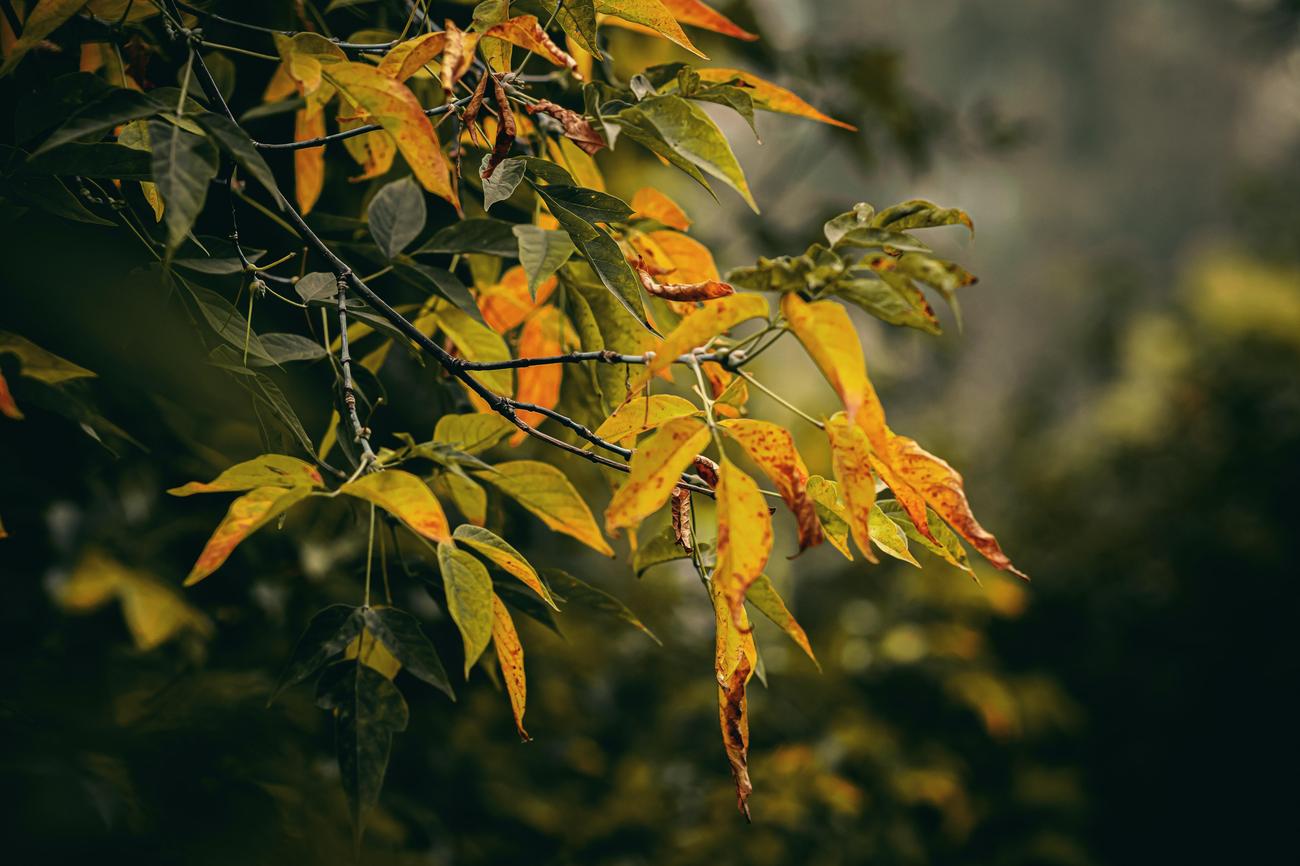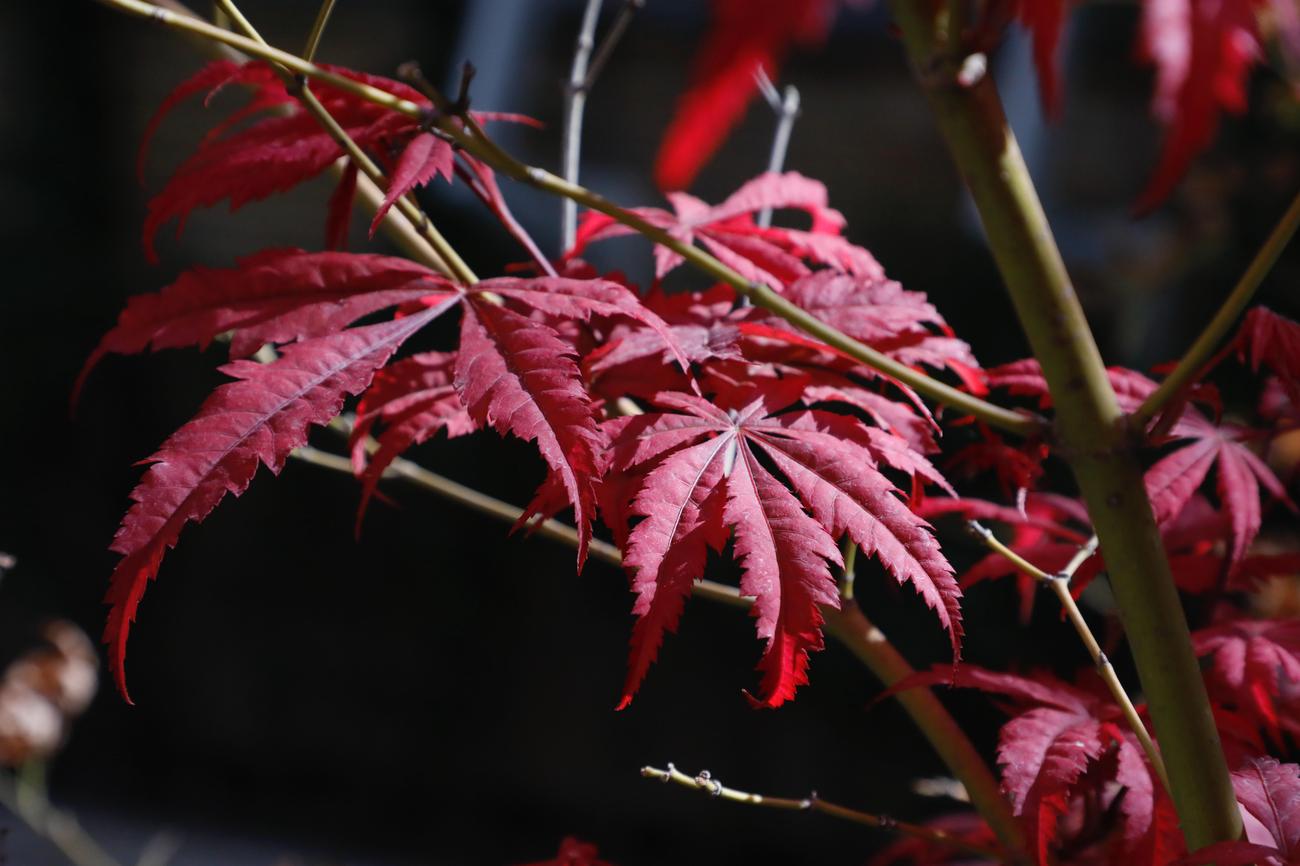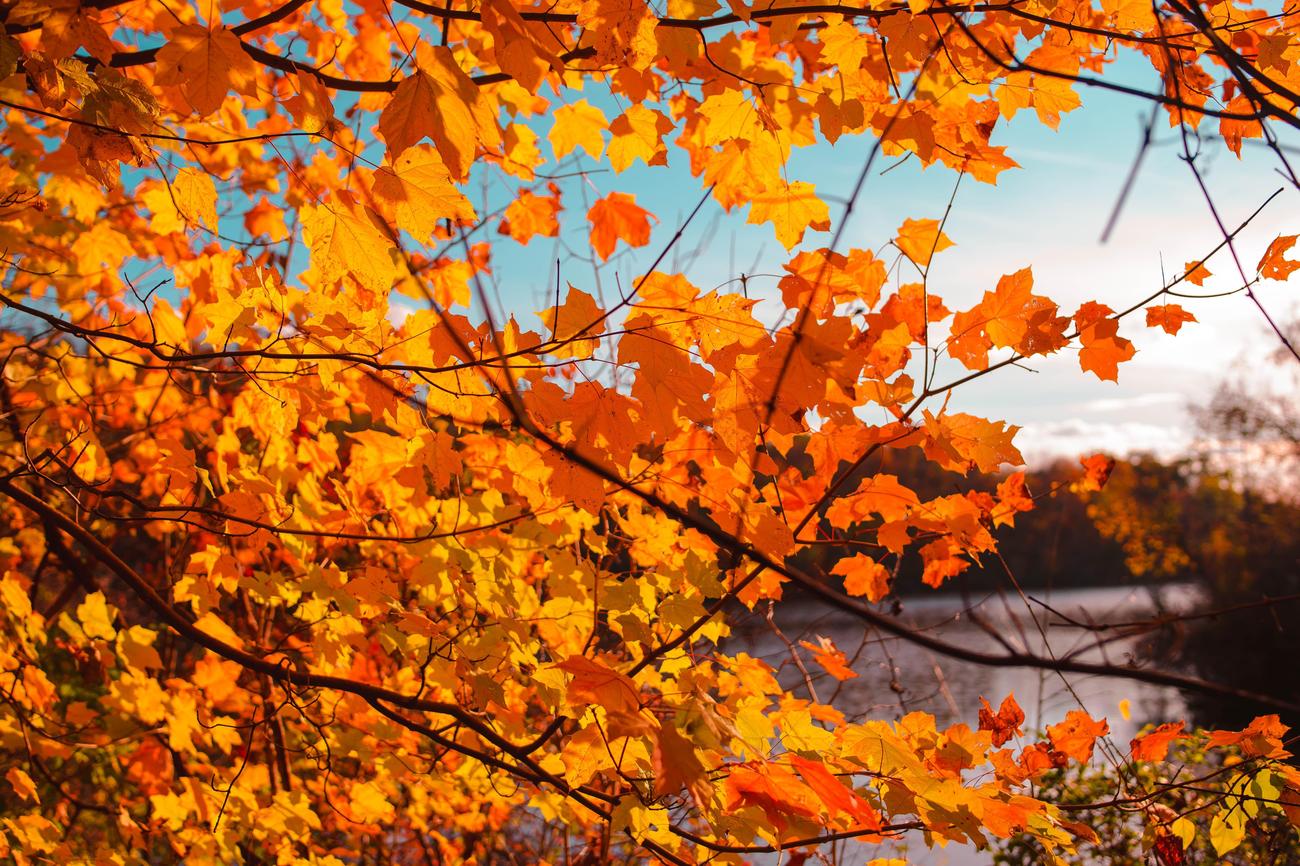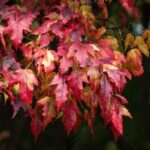Unlocking Maple’s Culinary Versatility: Enhancing Dishes, Sweets, and Cocktails

As a seasoned food writer and culinary enthusiast, I am constantly on the lookout for ingredients that can elevate a dish from good to extraordinary. One such ingredient that never fails to captivate my taste buds and ignite my creativity is maple. Its rich, complex flavor and natural sweetness add a unique depth to both sweet and savory dishes, making it a staple in my kitchen. In this article, we will explore the remarkable culinary versatility of maple syrup and how it can enhance a wide range of dishes, from comforting breakfasts to indulgent desserts and even craft cocktails. Join me as we unlock the full potential of maple and discover its delightful applications in the world of cooking, baking, and mixology.
What is maple good for?
Maple, a beloved and versatile ingredient, has a long list of culinary uses that can enhance a wide range of dishes, sweets, and even cocktails. Its distinct flavor and natural sweetness have made it a staple in kitchens around the world. But what exactly is maple good for? Let’s explore the many ways this classic ingredient can elevate your culinary ventures.
Enhancing Savory Dishes:
Maple syrup isn’t just for pancakes and waffles. Its unique flavor profile makes it an excellent addition to savory dishes, bringing depth and complexity to a variety of recipes. The rich, caramel-like notes of maple syrup can enhance the flavors of roasted vegetables, glaze meats, and even elevate the savory elements of a marinade. Imagine a mouthwatering maple-glazed salmon or a tangy maple-dijon chicken. The possibilities are endless when it comes to infusing maple into your savory creations.
“Maple syrup’s caramel-like notes can transform an ordinary dish into a culinary masterpiece.”
Elevating Sweet Treats:
Maple syrup is no stranger to desserts either. Its natural sweetness pairs perfectly with a wide range of sweet treats, offering a more nuanced and complex flavor compared to traditional sweeteners. From fluffy maple-infused cupcakes to decadent maple pecan pie, the possibilities for incorporating maple into your baking endeavors are endless. And let’s not forget the classic combination of maple syrup and ice cream, where the rich and velvety texture of the syrup complements the cool creaminess of the frozen treat.
“Maple syrup brings a natural sweetness and complexity to desserts, taking them to a whole new level of deliciousness.”
Adding Depth to Cocktails:
Maple syrup’s versatility extends to the world of mixology as well. Its deep and robust flavor can add a unique twist to your favorite cocktails, creating a harmonious balance of sweet and savory. Picture a maple old-fashioned, where the smoky notes of bourbon are perfectly complemented by the rich sweetness of maple syrup. Or how about a maple-infused margarita, where the tangy lime is beautifully balanced by the caramel undertones of maple? With just a simple addition of maple syrup, you can take your cocktails from ordinary to extraordinary.
“Maple syrup’s depth of flavor can turn a regular cocktail into a memorable and indulgent experience.”
In summary, maple has a myriad of culinary uses, from enhancing savory dishes to elevating sweet treats and adding depth to cocktails. Its distinct flavor profile and natural sweetness make it a versatile ingredient that can transform ordinary recipes into extraordinary culinary creations. So, why not embrace the culinary potential of maple and unlock a world of new flavors in your own kitchen?
(Note: Table can be added if needed)
Maple trees are truly fascinating and have a rich history that spans centuries. Did you know that the sap of maple trees was once used as an alternative to sugar? It’s true! These magnificent trees produce a sweet sap that can be boiled down to create delicious maple syrup. If you’re interested in learning more fun facts about maple trees, click here: fun facts about maple trees.
Did You Know These 7 Basics About Maple Lumber?
[youtube v=”gkxy3p1xSTk”]
Hard Maple vs. Soft Maple: Knowing the Difference
When it comes to maple lumber, there are various species to choose from, but only a handful are commonly used for timber or lumber. The two main types you’ll come across are hard maple and soft maple.
Hard Maple: Also known as rock maple or sugar maple, hard maple is the most common variety of maple lumber. It is known for its near-white color and incredible strength. In fact, hard maple is often used for flooring in indoor basketball courts and bowling alleys due to its durability. The interesting thing about hard maple is that its timber comes from the sapwood section, which is the opposite of most other hardwoods where the heartwood is preferred. Lumber producers separate maple logs by color, pulling out the white boards and selling them as hard white maple.
“Hard maple is the most common variety of maple lumber, prized for its near-white color and exceptional strength. It is often used for flooring in basketball courts and bowling alleys due to its durability.”
Soft Maple: Soft maple, on the other hand, is a different species that is softer and lighter in weight compared to hard maple. It is closer in hardness to walnut and is often used by guitar makers for solid body guitars to reduce weight. While soft maple is not as white as hard white maple, it is still relatively light in color and easier to work with, making it a good choice for woodworking projects.
“Soft maple is a lighter and softer alternative to hard maple, making it a popular choice for guitar makers who want to reduce weight. It is slightly lighter in color, but still suitable for woodworking projects.”
Exploring Figured Maple Varieties
Aside from the plain varieties of maple lumber, there are also figured ones that offer unique decorative features. Let’s dive into three popular figured maple varieties: bird’s-eye maple, curly maple, and quilted maple.
Bird’s-Eye Maple: Bird’s-eye maple is a variation of hard maple that features small, circular patterns that resemble bird’s eyes. These patterns are caused by tiny buds on the tree that didn’t develop into branches. Bird’s-eye maple is highly decorative and is often chosen for small projects where a distinct visual impact is desired.
“Bird’s-eye maple is a highly decorative variation of hard maple, characterized by small circular patterns that resemble bird’s eyes. It adds a unique and eye-catching element to woodworking projects.”
Curly Maple: Curly maple, also known as fiddleback or tiger-striped maple, is a figured wood with wavy, rippled patterns that refract light. The curly grain occurs where there are bends in the log, creating a visually stunning effect. Curly maple is commonly used in musical instruments like Les Paul guitars and adds a touch of elegance to any woodworking project.
“Curly maple is a figured wood with wavy patterns that refract light, adding elegance to woodworking projects. It is often used in musical instruments for its captivating appearance.”
Quilted Maple: Quilted maple comes from the big leaf maple tree and is characterized by a broad, puffy pattern reminiscent of quilting. This type of figure is unique to quilted maple and creates a stunning visual effect. The big leaf maple tree is softer and has a reddish color similar to alder. Quilted maple is highly sought after for its beauty and is often used in high-end woodworking projects.
“Quilted maple is known for its broad, puffy pattern that resembles quilting. It adds a distinct and visually appealing element to high-end woodworking projects.”
Ambrosia Maple: Nature’s Work of Art
Last but not least, let’s explore ambrosia maple, a unique type of maple lumber with a fascinating backstory. Ambrosia maple gets its name from the streaks of dark brown or grey caused by the infestation of ambrosia beetles and their accompanying fungus. These beetles bore into the wood and leave behind intricate patterns, adding a touch of natural artistry. Fortunately, the bugs are no longer alive when the wood is harvested, ensuring it is safe to use in woodworking projects. Ambrosia maple is usually found in the soft maple varieties and offers a distinctive and visually appealing look.
“Ambrosia maple showcases nature’s work of art, with streaks of dark brown or grey caused by ambrosia beetle infestation. It adds a unique and visually striking element to woodworking projects.”
In conclusion, maple lumber offers a wide range of choices for woodworkers. Whether you prefer the plain varieties like hard maple and soft maple or the visually stunning figured varieties like bird’s-eye maple, curly maple, or quilted maple, there is a maple species to suit your needs. Each variety brings its own unique characteristics and charm to woodworking projects. So, next time you’re working with maple lumber, keep these basics in mind and explore the beauty and versatility of this remarkable wood.

FAQ
Question 1: What is maple syrup?
Answer 1: Maple syrup is a sweet, natural syrup made from the sap of maple trees. It is created through a process of tapping the trees and boiling down the sap to remove the water content, resulting in a concentrated, flavorful syrup.
Question 2: How can maple syrup be used in cooking?
Answer 2: Maple syrup is incredibly versatile in cooking. It can be used as a sweetener in recipes such as desserts, pancakes, and waffles. Additionally, it can be used as a glaze or marinade for meats and vegetables, adding a distinctive sweet and savory flavor profile to the dish.
Question 3: Is maple syrup a healthier alternative to other sweeteners?
Answer 3: Maple syrup is considered a natural sweetener and contains several beneficial nutrients, including minerals like manganese and zinc. It also has a lower glycemic index compared to refined sugars, meaning it causes a slower rise in blood sugar levels. However, like other sweeteners, it should be consumed in moderation as part of a balanced diet.
Question 4: Can maple syrup be substituted for other sweeteners in recipes?
Answer 4: Yes, maple syrup can often be substituted for other sweeteners in recipes. However, it’s important to note that maple syrup has a distinct flavor, so it may alter the taste of the final dish. Adjustments may need to be made to the recipe to account for the additional liquid content of the syrup.
Question 5: Are there different grades of maple syrup?
Answer 5: Yes, maple syrup is typically classified into different grades based on its color and flavor. The grades commonly found in the market include Grade A Light Amber, Grade A Medium Amber, Grade A Dark Amber, and Grade B. Each grade has its own unique taste profile, and the choice of grade depends on personal preference and the desired application in cooking or baking.












